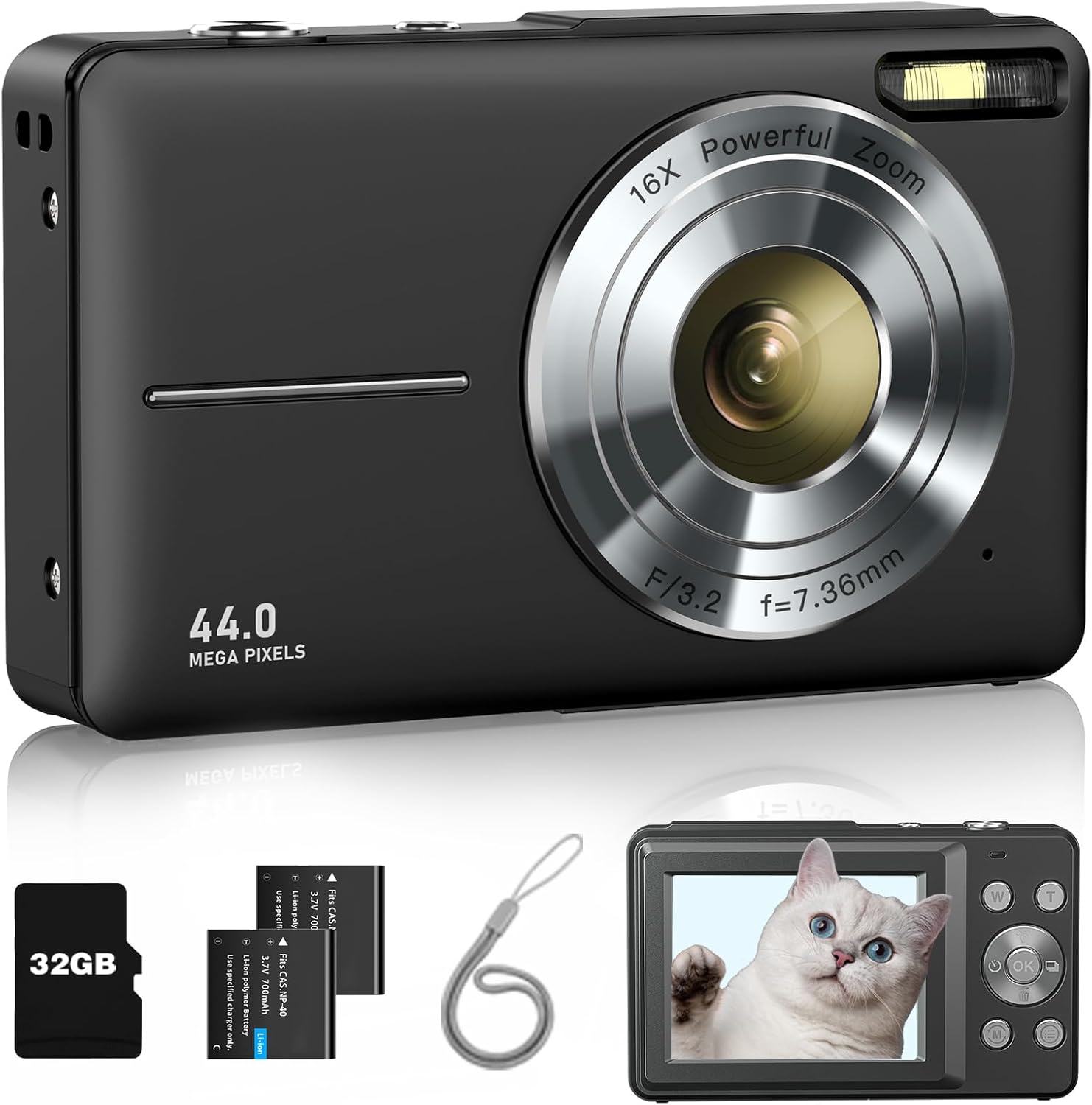How to Load a Point and Shoot Film Camera: Step-by-Step Guide
As professional photographers well understand, the essentials of film photography revolve around mastering the finer details. One crucial skill is knowing how to load a point and shoot film camera. Ensuring that you load your camera properly not only guarantees the best shot but can also prolong the life of your camera. In this article, we will break down the process step-by-step and delve deep into best practices, troubleshooting tips, and advanced techniques to master this skill.

Why Loading Your Film Correctly Matters
Loading film into a point and shoot camera might seem straightforward, but there are nuances that can significantly impact your photography. Proper film loading prevents issues like film jams, unintended exposures, and even damage to the camera mechanism. As a professional photographer, ensuring these basics allows you to focus on what truly matters capturing the perfect shot. If you're also interested in understanding why certain film types might be more costly, check this link.

Gather Your Equipment
Before diving into the film loading process, let's gather the necessary equipment:
- Your point and shoot film camera
- A roll of 35mm film
- A clean, dust-free environment
Understanding the dynamics of a point and shoot camera can also be beneficial. For more information, see What is a Point and Shoot Camera.

Step-by-Step Guide on Loading the Film
1. Open the Back Cover
Most point and shoot cameras have a latch or button to open the back cover. Familiarize yourself with your specific model by consulting the manual or a trusted photography guide.
2. Insert the Film Roll
Once the back cover is open, locate the film chamber. Place the new film roll in the chamber, ensuring that the flat end sits snugly and the spool can turn freely.
3. Pull the Film Leader
Gently pull the film leader (the narrow, protruding part) across the back of the camera to the take-up spool on the opposite side.
4. Insert the Film Leader into the Take-Up Spool
Insert the film leader into a slot in the take-up spool. Some cameras have an automatic threading mechanism, but manually ensure it's properly inserted to avoid any glitches.
5. Advance the Film
Using either a thumbwheel or the camera's automatic advance feature, wind the film leader onto the spool. Ensure it winds tightly and check that film perforations align with sprockets.

Troubleshooting Common Issues
Film Won't Advance
If the film isn't advancing, ensure the leader is correctly inserted and not loose. Gently tension the film roll to assist in feeding.
Film Jam
If the film jams, do not force it. Carefully open the back cover in a dark environment, if possible, to avoid exposure and recheck the alignment.
Advanced Tips for Professional Photographers
For professionals who wish to enhance their expertise in loading and using point and shoot cameras, here are some advanced tips:
- Custom Film Development: Experiment with different film types for unique effects.
- Regular Maintenance: Regularly clean and inspect your camera to ensure optimal performance.
- Understand Film Sensitivity: Different films have varying sensitivities. Match your film type to lighting conditions for best results.
For more intricate methods on using point and shoot cameras, this guide may be useful.
Internal and External Resources
If you're keen on exploring more about using film cameras, here are some invaluable resources:
FAQs
How often should I clean my point and shoot film camera?
Regular maintenance is key. Clean your camera after every use in challenging environments and every few rolls in normal conditions.
What is the best film type for low-light conditions?
For low-light conditions, opt for high ISO films (ISO 800 and above). They are more sensitive to light and can capture better details in dim lighting.
Why does my film camera keep jamming?
Film jamming can be due to improper loading, dirty camera mechanisms, or damaged film. Ensure a clean loading environment and handle film cautiously.
As an Amazon Associate, I earn from qualifying purchases.

